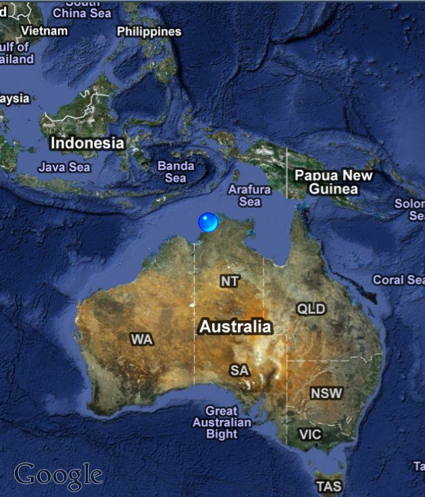 Roger Parvus has published a fascinating study of the letters of Ignatius and proposes that they originated from one who belonged to the breakaway group from Marcionism that was led by Apelles. Towards the end of his book (A New Look at the Letters of Ignatius of Antioch and Other Apellian Writings) he addresses the similarities other scholars have observed between the Johannine and Ignatian communities, and suggests that some of those “little contradictions and oddities” in the Gospel of John may also reflect an Apellean origin. (Hopefully I am not stealing too much of his thunder with this post, since I am hoping Roger will be able to argue his case for himself. But a touch of eagerness to write up at least little bit of one facet of his book has got the better of me here.)
Roger Parvus has published a fascinating study of the letters of Ignatius and proposes that they originated from one who belonged to the breakaway group from Marcionism that was led by Apelles. Towards the end of his book (A New Look at the Letters of Ignatius of Antioch and Other Apellian Writings) he addresses the similarities other scholars have observed between the Johannine and Ignatian communities, and suggests that some of those “little contradictions and oddities” in the Gospel of John may also reflect an Apellean origin. (Hopefully I am not stealing too much of his thunder with this post, since I am hoping Roger will be able to argue his case for himself. But a touch of eagerness to write up at least little bit of one facet of his book has got the better of me here.)
I won’t write up much of the detail in the book in this post — just enough to share with others some of the details one can easily read over in John’s Gospel yet fail to notice the contradictions, and the implications of the contradictions, in some of the most familiar passages. Familiarity has a lot to answer for.
This is not an attempt to argue for a particular reading or redaction history of John. That would require much more serious depth. The point of this post is simply to show the possibilities of questions, of alternative understandings, relating to the origin of the Gospel of John from a not widely encountered perspective. Continue reading “Lifting the rug on heresy in the Gospel of John”

